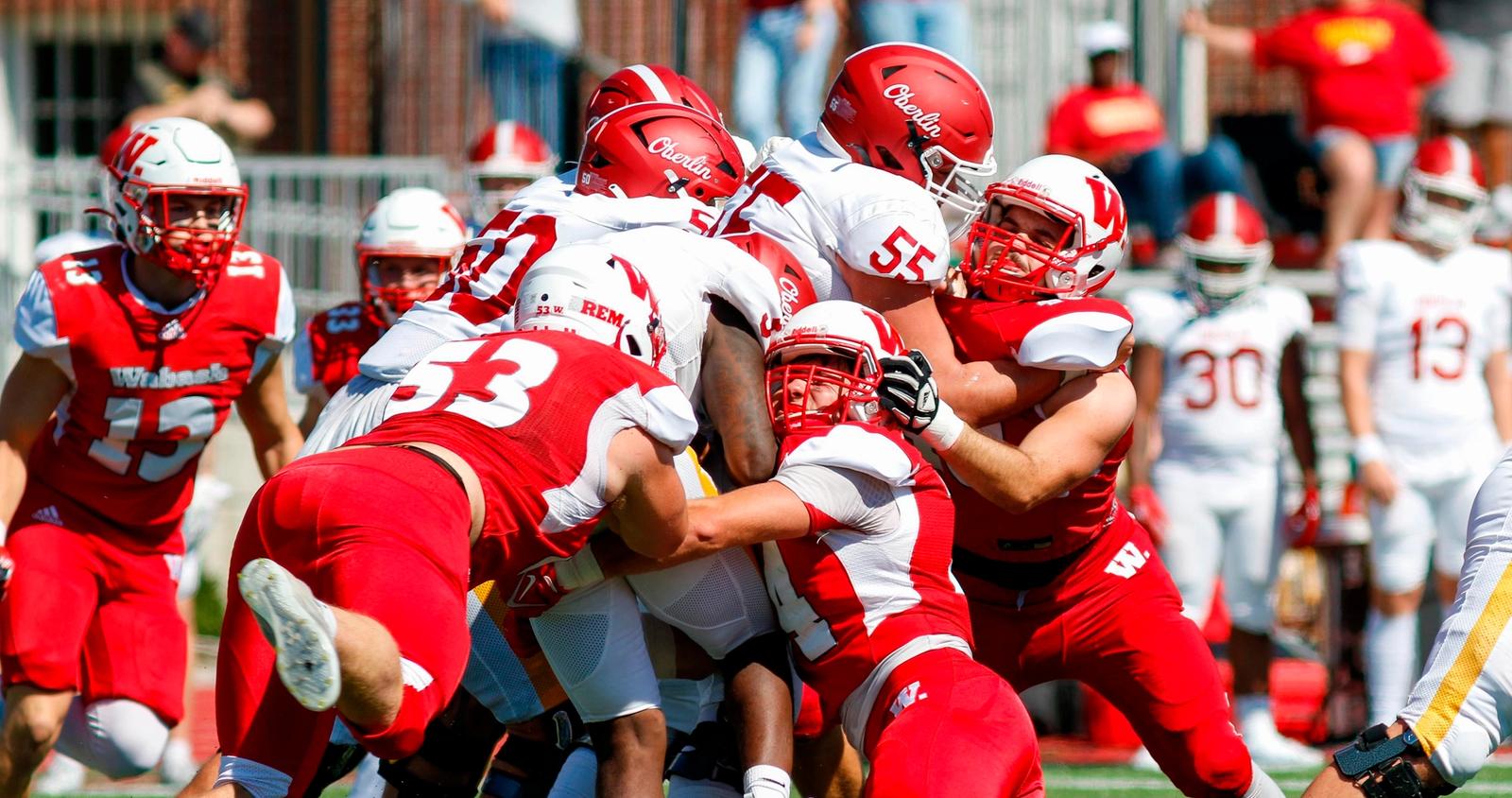•
Written By
Written By
•
•
•
Loading article...
Written By
Written By
Written By
Omar-Rashon Borja
Senior Writer, Editor, Historian
Written By
Omar-Rashon Borja
Senior Writer, Editor, Historian

On one Sunday in 1982, CBS made an unforgettable leap of faith. Left without football to broadcast on Sundays due to the 1982 NFL Players' Strike, the network aired a regional slate of Division III football games. Baldwin-Wallace/Whittenburg and Millsaps/West Georgia aired in the early 1 PM ET slot, while other viewers received the San Diego/Occidental or Wisconsin-Oshkosh/Wisconsin-Stout games at 2:45 ET. The games received respectable 4.9 and 3.6 ratings, outdrawing NBC's alternative coverage of the Canadian Football League, and received national coverage from Sports Illustrated.
Forty-two years later, The CW should have taken a similar leap of faith. Two historic Division III programs play a standalone game this Sunday when Oberlin hosts Wabash. It would be idiotic to think that this game could beat the NFL, but it would give the network something of note to broadcast on a Sunday. The network has no nationally designated programming for the entire afternoon.
The past two FCS National Championships alone are samples of data we have to gauge Sunday afternoon college football viewership. ABC aired the 2023 and 2024 editions championship on Sunday as counter-programming catered to die-hard college football fans. The viewership was not bad, drawing 0.6 ratings both times and an average of 1.05 million viewers. These numbers prove die-hard college football fans will choose college football at any level over the NFL every time.
The pure fascination of seeing Division III Football on an over-the-air network like The CW could draw thousands, if not tens of thousands of viewers. The CW could have pushed the start of the game back to 11 AM so most of the game would not compete with the NFL's early slate.
Furthermore, live programming allows The CW to generate solid ad revenue. The network can pay off production costs and travel for their broadcast team with the revenue or entice Oberlin to grant them broadcast rights by paying the school's production fees and using their broadcast interface.
Division III football has more of a draw than ever, with FBS college football devolving into a nationalized, watered-down version of the NFL. Oberlin and Wabash are programs with histories stretching back to the 19th century. The two programs have intriguing traditions. Oberlin is the last Ohio school to beat THE Ohio State University. Wabash plays in one of America's oldest rivalries, the Monon Bell Game, which dates back to 1884 and beat Notre Dame in 1905.
These programs define the heart of college football. The CW could have displayed that heart in front of the country.
The CW made its intentions to air live sports clear to the public. Yet, The CW did nothing when the opportunity to distinguish itself and take a risk with airing sports presented itself. Division III football could have had a landmark day, but The CW was too close-minded and risk-averse to take a chance on Oberlin-Wabash.